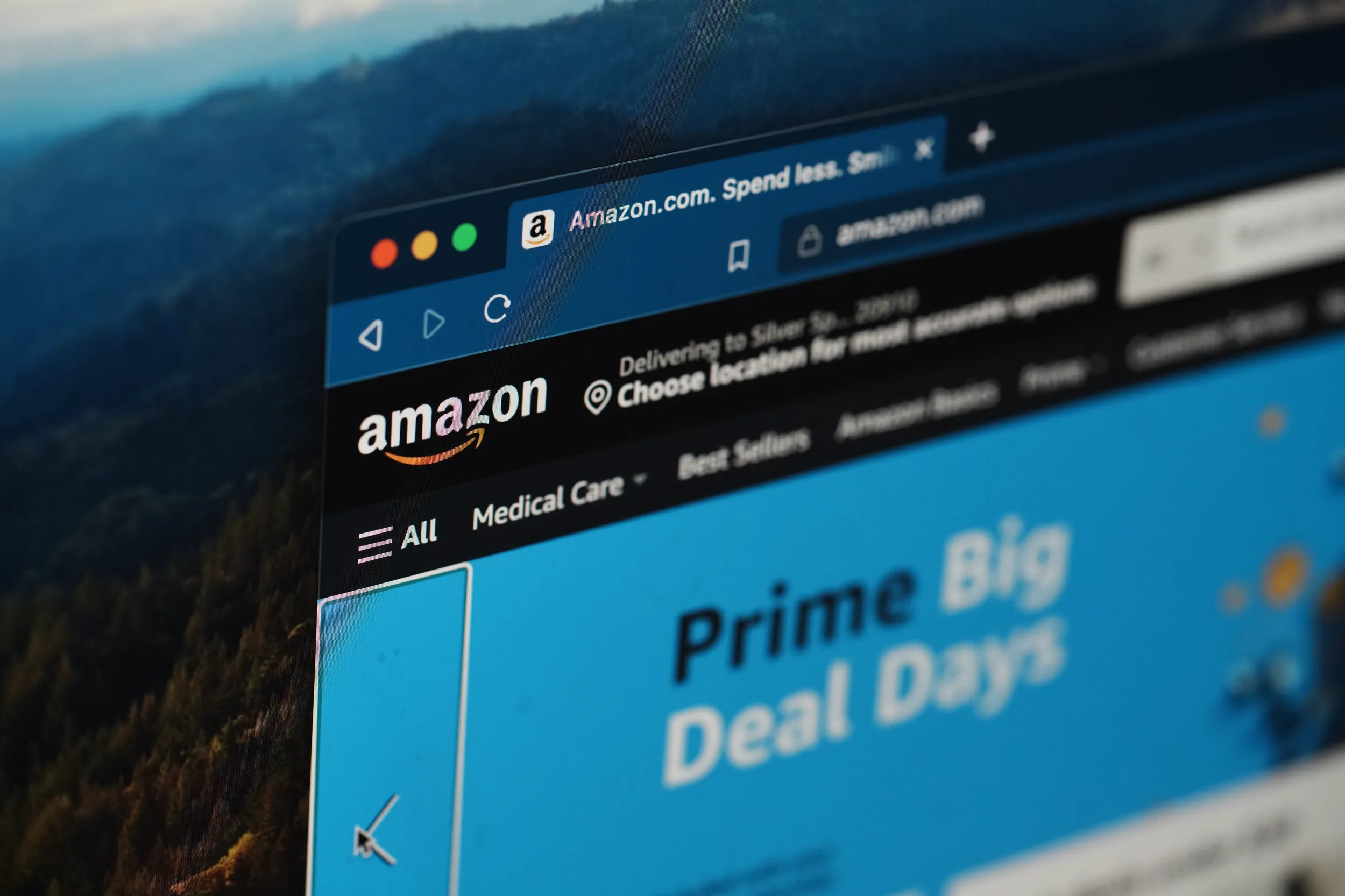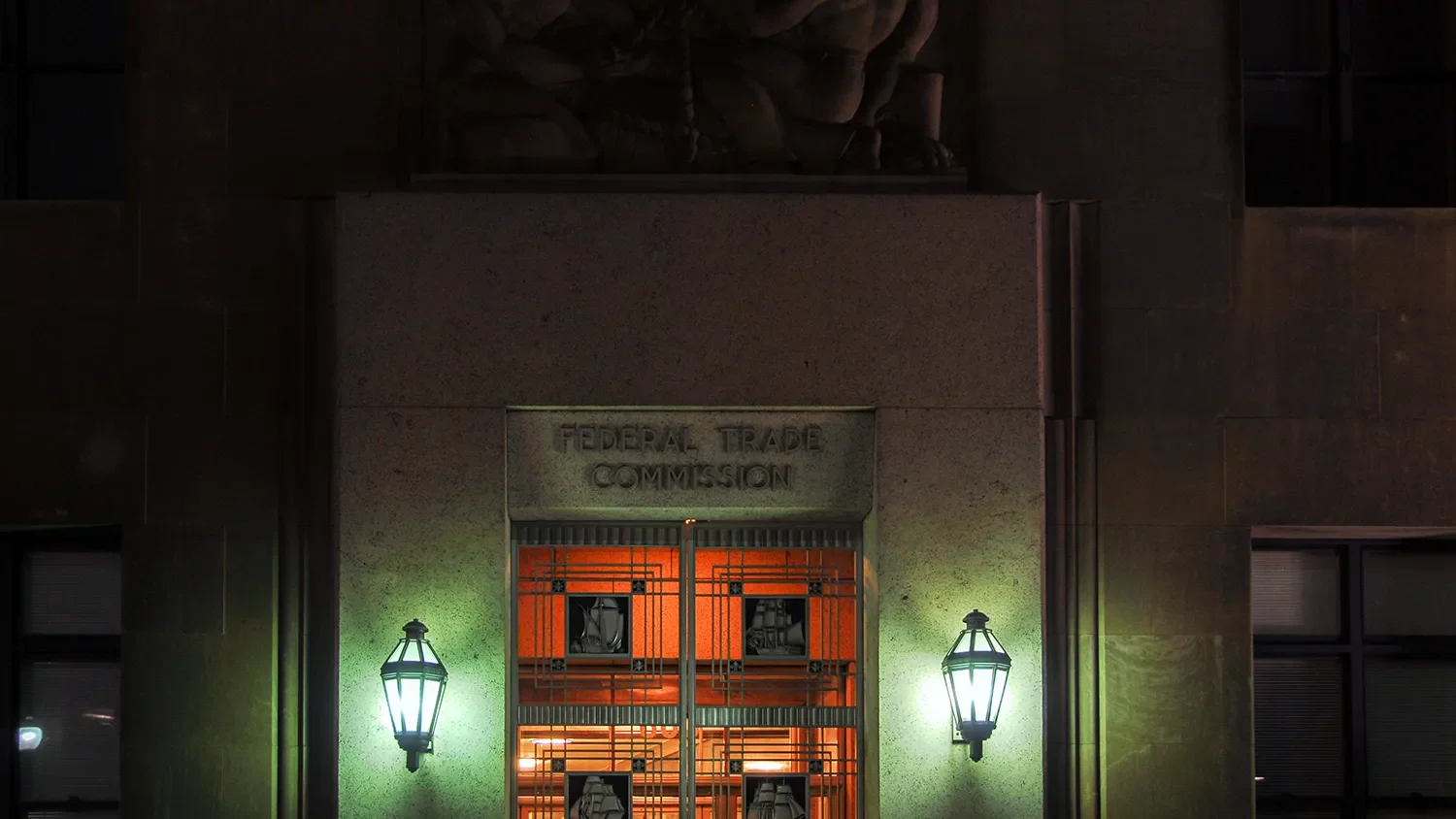The FTC’s Case Against Amazon Puts U.S. Digital Tech Competitiveness at Risk

Now that the FTC has finally announced the lawsuit that its Chair had long promised against Amazon, it is apparent that it is unmoored from traditional regulatory practices as predicted.
The case amounts to more than a progressive salvo, however, against one of America’s highest regarded and most trusted brands (according to a 2021 Harvard-Harris poll and 2023 Morning Consult Report). The FTC’s approach in this case could damage the U.S.’s competitive ecosystem, which can be credited for the creation of some of the most highly valued businesses in U.S. history.
As I said in response to the FTC’s announcement at the time, Americans are confronted with rising prices on necessities everywhere, which highlights the peculiarity of the FTC’s decision to prioritize a case against a service widely loved for rapidly delivering goods at competitive prices. While consumer protection isn’t a popularity contest, the fact that the Amazon brand has such a positive association with consumers raises obvious questions about what harms FTC leadership thinks it is remediating.
The case, filed September 26, accuses Amazon of having a monopoly in the ‘online superstore’ and ‘online marketplace services’ markets and allegedly using “a set of interlocking anticompetitive and unfair strategies to illegally maintain its monopoly power”. These are implausible “relevant markets,” reflecting a simplistic view of the sector and clear misconceptions of how the retail market works both online and offline. As covered here previously, these markets are not as narrow or simplistic as the FTC believes. Amazon competes with a range of businesses, small and large, offering innovative services and is by no measure a monopoly in the retail market. It actually has a smaller total position in retail than Walmart, a legacy retailer that entered the digital market, like many others, when it recognized its potential. Today, the online retail market cannot be separated from brick-and-mortar retail; these channels are interwoven and in constant competition.
In discussing proposed legislation such as AICOA, I have cautioned against the risk that market interventions couldn’t just leave consumers worse off, but actually break digital services like Amazon Prime. By calling into question the propriety of integrating different offerings, the FTC’s new case goes even further, not just harming one aspect of a product offering, but businesses across the entire tech sector.
Small and medium-sized businesses (SMBs) rely on digital markets and the internet economy. In the 90s and early 2000’s we saw the “Big Box Effect”, where larger retailers dominated the market. Since the 2010s however, due to e-commerce, SMBs began to flourish. If the FTC’s case were to succeed, Amazon would likely have to shut out third-party sellers, SMBs being the prime example. The FTC’s actions here could strip away many potential customers and damage SMBs the most. In its effort to bring down a large company, the FTC might just take the ‘little guys’ out of business.
Historically, the FTC’s mission has been to protect consumers and encourage competition. This case appears to signal a shift away from that longstanding mission, towards protecting individual competitors from competition.
The suit not only targets a firm operating competitively in the marketplace, but strikes at the regulatory framework that has given the U.S. a highly competitive marketplace and the well founded principles of antitrust that have fostered a tech sector the envy of the world over.
Instead of safeguarding the competitive marketplace and inhibiting consumer harm, the FTC’s argument appears to be rooted in a fundamental hostility to certain firms, particularly those with a global footprint, and a sense that the government must redistribute power away from successful businesses to aid those it deems deserving. This is a conduct I have referred to in the past as swampetition.
There’s a strong argument to be made that antitrust law should focus solely on the measurable goals that we synthesize into the umbrella term of consumer welfare: lower prices, higher quality, and greater innovation. This concept of consumer welfare has been the foundation of our antitrust analysis for some time and with it we have seen the U.S. lead the world with a highly competitive and innovative technology industry. Nevertheless, current FTC and key political leadership have begun to characterize antitrust as a vehicle for power distribution and targeted certain tech companies. Even if one accepts the dubious proposition that redistributing economic influence is a valid exercise of government power, the unelected FTC is not the right tool to achieve the outcome, and doing so would put the competitiveness of the U.S. economy at risk.






